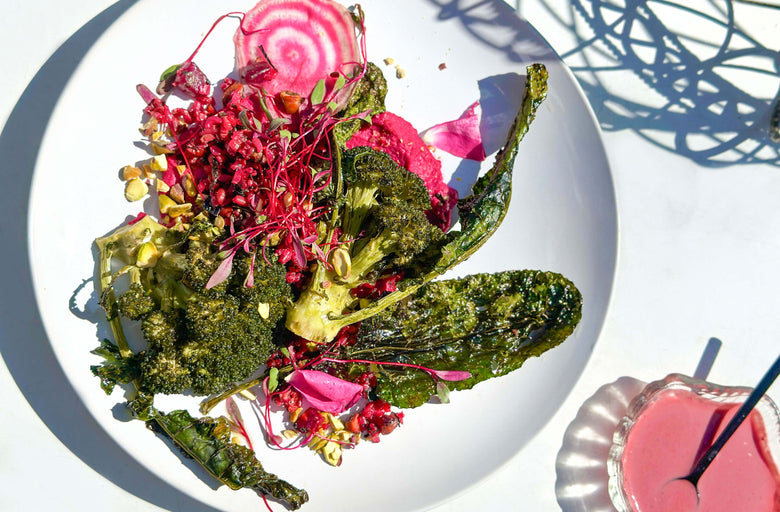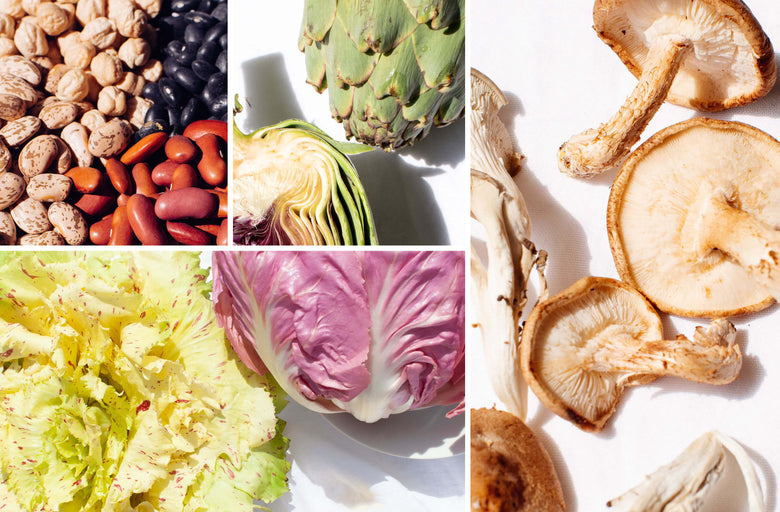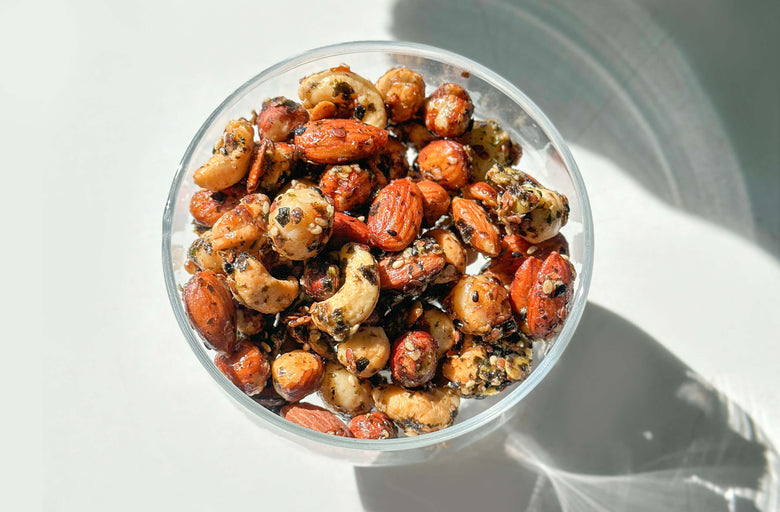Think of the last time you felt truly happy. We’re talking deep, down-to-your-soul contentedness. What were you doing at that moment? Swiping your credit card for a new pair of shoes? Doubtful. Clicking “purchase” after a marathon online shopping session? Probably not. More likely, you were on a beach with sandy toes and sun-warmed skin. Or in a cozy restaurant, surrounded by loved ones and laughter. You were riding a bike. You were dancing. You were hugging someone.
You were engaged and present, experiencing and feeling.
Time and again, scientific and anecdotal evidence alike prove you really don’t need to spend a dime to be happy. Joy doesn’t come from what you have. It comes from what you do. A 20-year study at Cornell University found that while money may be able to buy happiness, it doesn’t last. The satisfaction you get from acquiring things is genuine, but fleeting, and diminishes over time. The joy that comes from experiences and activities, on the other hand, like traveling and learning new skills, actually increases as time passes. The wiser investment is clear.
It’s not the latest Nikes, but the rush of endorphins flooding your veins on your morning run and realizing you’ve beat your previous time. It’s not the things with which you decorate your home—the furniture and pillows and rugs and artwork—but the conversations you have in it with the people who matter.
As with any rule, there is an exception.
A thing, that’s also an experience. Here’s a hint: You can’t live without it, and you probably have it in your kitchen right now. Unlike most “things”—a bottle of organic face oil, an Italian leather tote—food can bring you the same happiness that, according to science, can only come from experiences. And when it’s done right, it can engage all your senses in a way few other “things” can.
There’s a feeling of satisfaction that comes from opening a refrigerator stocked with your favorite things (whether that’s a bundle of farmer’s market kale, a fancy chocolate bar, or both). It’s a fridge full of stuff, but it’s also a promise of an experience: a recipe lovingly prepared; a treat enjoyed therapeutically after a difficult day; a nutritious meal eaten as an act of self-care.
How You Do Food is How You Do Life
Experts believe that the reason happiness from things diminishes over time is because humans are hardwired to adapt to novelty. The thrill of a new purchase eventually fades, and the items that once felt so cherished become normal trappings of everyday life. But experiences, as they accumulate, become a part of your identity. So maybe this explains how food can straddle the line between “thing” and “experience.” Because not only is your body physically woven from the foods you eat, but the way you approach food is a reflection of who you are.
In her book Women, Food and God: An Unexpected Path to Almost Everything, author Geneen Roth asserts this very notion, explaining that people use food to express their core values. “To discover what you really believe,” she writes, “pay attention to the way you eat.” You could test this theory by asking yourself these questions:
- When surveying the menu at a restaurant, are you driven by desire? Or do you feel the need to stick rigidly to limitations and rules (i.e., “I can have a cocktail or dessert, but not both... I’m not even going look at the pasta.”)?
- When trying new recipes, cuisines, or even diets, are you curious, adventurous and willing to take a chance, or do you prefer to play it safe and stick to what you’ve always done?
- When you treat yourself to a slice of pizza or chocolate chip cookie, do you immediately feel like you have to repent for the indulgence? Or are you fully present to enjoy the experience, believing yourself worthy of the pleasure it brings?
Now, think about your answers in the context of your life more generally. If you said you let rules guide you when ordering food at a restaurant, consider this: Do you let “the rules” as you perceive them govern your choices in your career? What about your romantic relationships? Do you always do what you feel like you should do, regardless of what you want? Chances are, if you play by “the rules” when you sit down to eat, you do the same thing in other areas of your life.
Roth’s theory is pretty compelling. And when it comes to the pursuit of happiness, it can be a valuable tool. Especially around the beginning of a new year, when resolutions aimed at self-improvement abound, people tend to think big—arguably too big. If I get a new job this year, or finally meet “the one,” THEN I’ll be happy.
But what if, before putting all that pressure on such specific outcomes—specific things—you started a little smaller, with something you experience every single day: food? What if you took a closer look at your approach to eating? If you allow yourself to be open to the lessons food can teach you, it just might reveal the path to happiness.
Eat Your Way to Peak Experience
There’s an amazing thing that happens when you start thinking about food, not as a “thing,” categorized as good or bad (a salad vs. a burger, an apple vs. a cookie), but as a way to facilitate experience (eating to feel more energized, to have a clearer mind, to live a long, healthy and productive life). You realize that the food you eat is directly linked to your ability to enjoy life to the fullest. You open yourself up to new possibilities. You tap into a deep source of power and confidence that drives you toward purpose, authenticity, and, yes, happiness.
When you look at it this way, putting food in the same category as a new pair of shoes feels like selling food short. So the next time you sit down to eat, remember that the stuff on the plate in front of you isn’t just food. It’s your teacher, helping you reach your full potential. It’s information and wisdom that shapes your experience. And if experience is the key to happiness, then food is the catalyst, the very first domino.






